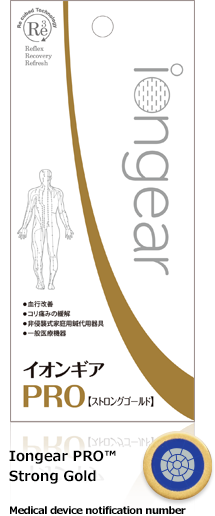
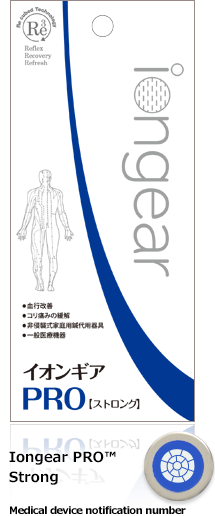
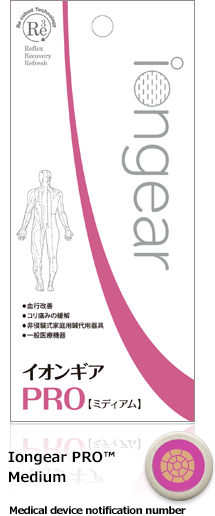
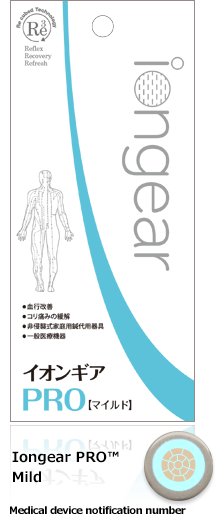
It is a noninvasive home acupuncture device which can be used as a substitutional device for acupuncture treatment based on domestically and internationally patented neuroscience techniques and polymodal stimulation techniques of acupuncture and moxibustion.
One of typical reflex actions of polymodal nociceptors in the skin is improving blood stream, and with this action, tense and pain of a user can be reduced.
Put the device on a spot you feel tense and pain to reduce them, and put the device on an acupunctural point (meridian) and a trigger point as in a general acupuncture therapy for a better effect.
 Reflex by polymodal nociceptors causes increase of blood stream to promote recovery, and refresh is achieved. This is like a cycle of natural healing.
Reflex by polymodal nociceptors causes increase of blood stream to promote recovery, and refresh is achieved. This is like a cycle of natural healing.
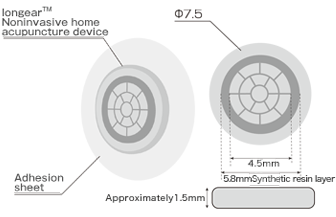
Strong stimulation causing pain is not required to apply a polymodal reaction to a treatment, if anything, strong stimulation is disadvantage because it makes sympathetic nerves dominant. What is required is not a "harmful" stimulation but is a steady stimulation to polymodal nociceptors without causing pain.
Acupuncture and moxibustion have been favored for a very long time and are still developed in these days because they are based on solid theories of the polymodal reaction. Now, with the global trend of integral medicine, acupuncture and moxibustion are embraced not only in Japan but also in Western countries.
Many studies show that the functional mechanism of acupuncture treatment is established on polymodal nociceptors. Now, it is a common knowledge.
Polymodal nociceptors are typical nociceptors (receptors) widely spread on the surface of and inside a human body.

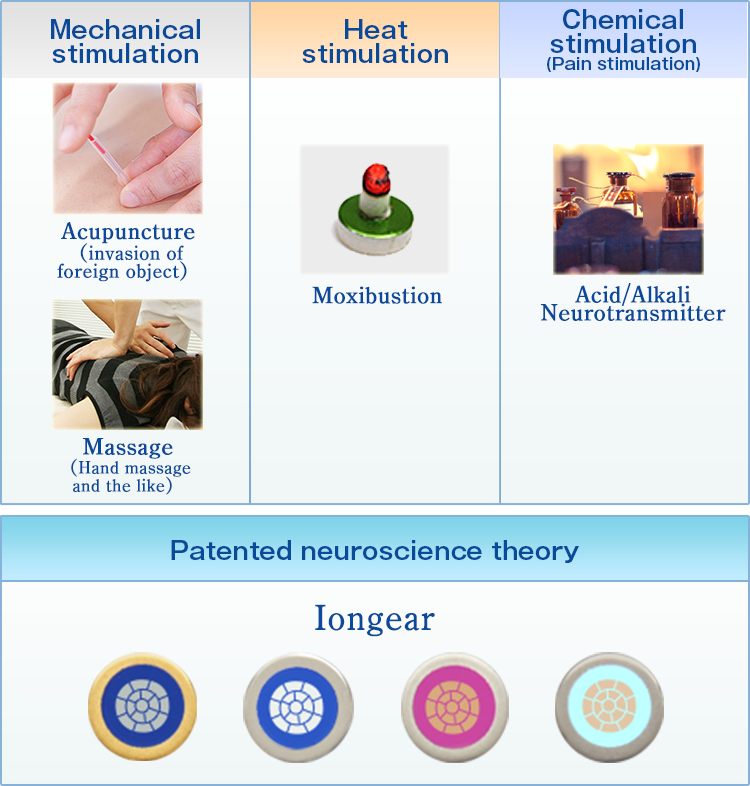
Stinging feelings so called Toku-chi or Shin-kan caused by acupunctural stimulation are considered as reactions of polymodal nociceptors. It is known that this reaction is caused by a weak stimulation such as a soft touch to the skin, and it is understood that the polymodal nociceptors are efficiently excited by a very slight acupunctural stimulation.
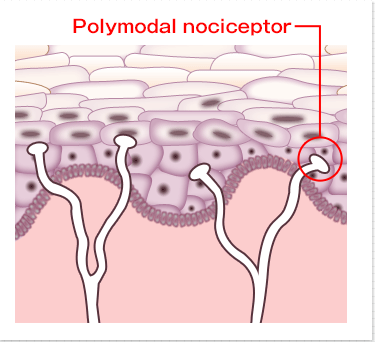
Polymodal nociceptors increase blood stream to push back an invasive foreign object (invasive stimulation) and to deal with the applied heat. As a result, pain-causing substances and waste matters causing the tense and pain are cleansed.
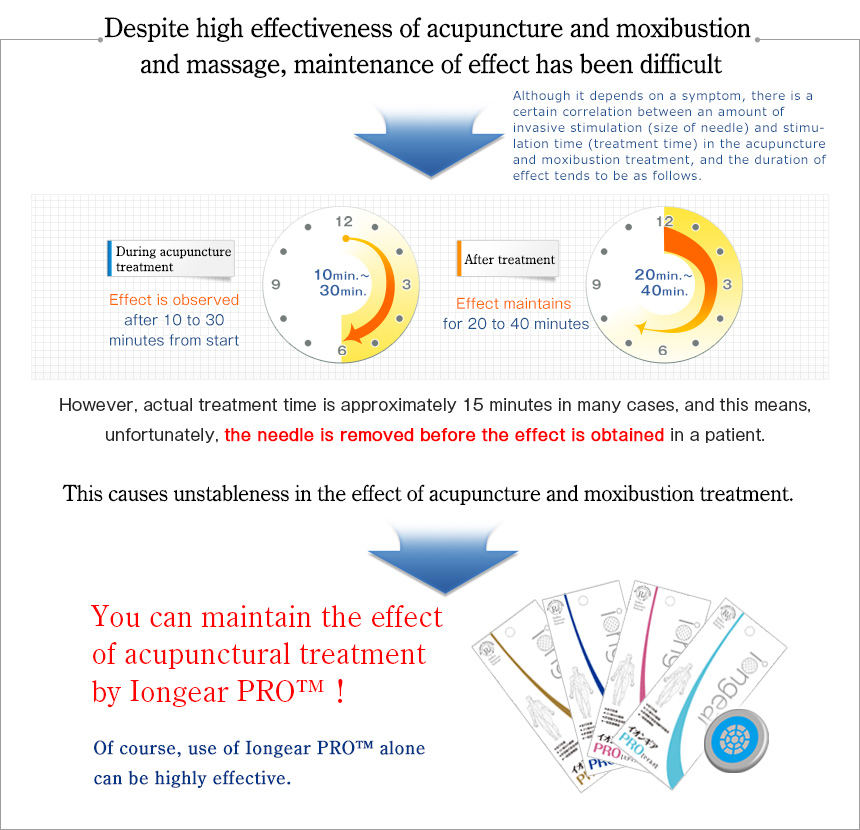
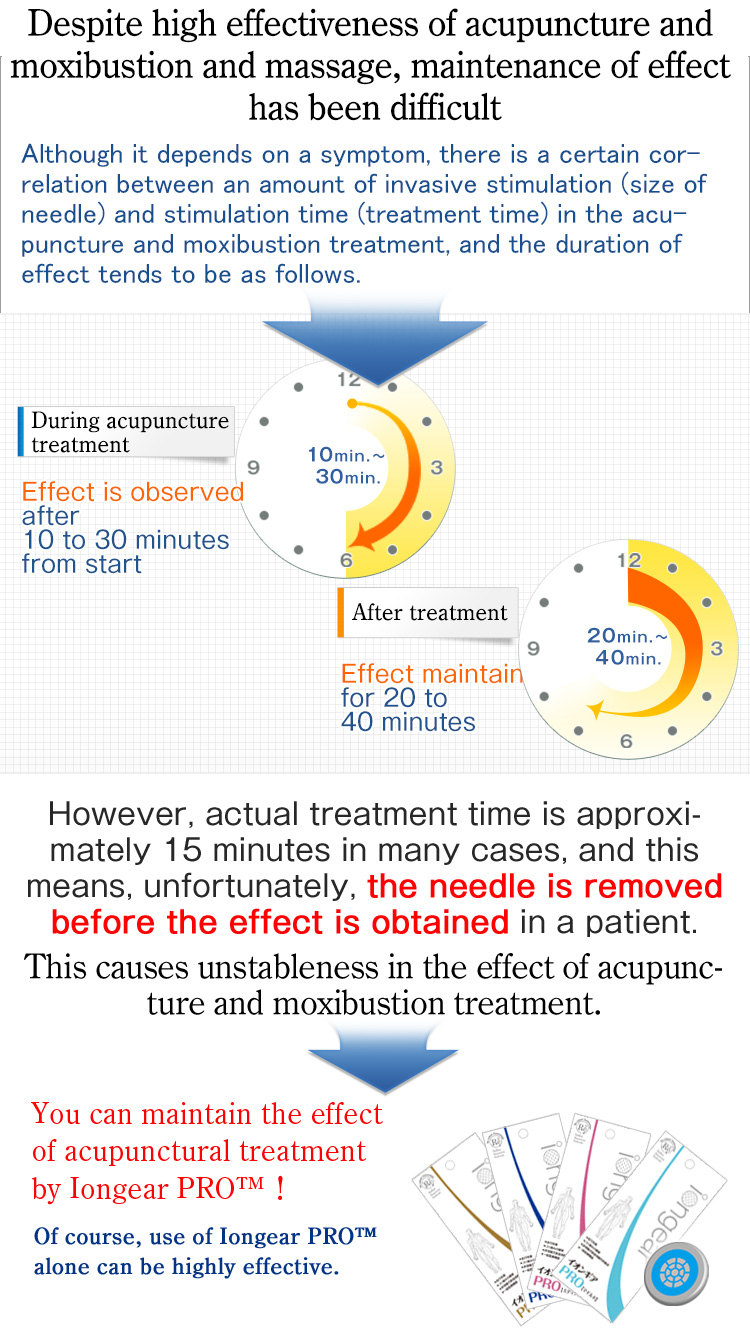
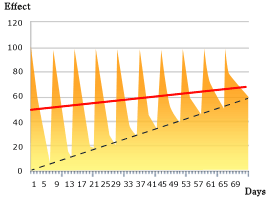 In the acupuncture and moxibustion field, it is believed for a long time that the effect of acupuncture and moxibustion treatment continues for some days (5 to 6 days) while gradually decreasing. As shown by a blue line, residues of the effect accumulate for days, and the effect slowly fades away. Approximate curve (red line) supports the above.
In the acupuncture and moxibustion field, it is believed for a long time that the effect of acupuncture and moxibustion treatment continues for some days (5 to 6 days) while gradually decreasing. As shown by a blue line, residues of the effect accumulate for days, and the effect slowly fades away. Approximate curve (red line) supports the above.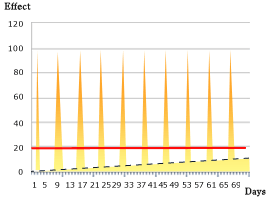 Duration of polymodal stimulation by the acupuncture and moxibustion treatment and axonal reaction are shown. Desirable effect is not obtained thereby. The comb-like effect of polymodal stimulation must be elongated as in Table 1 to fill blanks where stimulation is not applied by, for example, using an endogenous morphine-like substance or maintaining autonomic reflex. This point is to be studied in future research. Approximate curve (red line) is almost flat with a minimum increase, and supports the above.
Duration of polymodal stimulation by the acupuncture and moxibustion treatment and axonal reaction are shown. Desirable effect is not obtained thereby. The comb-like effect of polymodal stimulation must be elongated as in Table 1 to fill blanks where stimulation is not applied by, for example, using an endogenous morphine-like substance or maintaining autonomic reflex. This point is to be studied in future research. Approximate curve (red line) is almost flat with a minimum increase, and supports the above.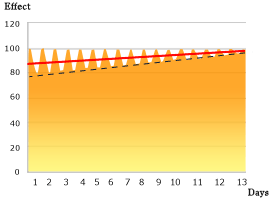 The effect curve corresponds to a case where the polymodal stimulation for 24 hours by Iongear PRO™ and no stimulation for 24 hours are repeated. Stimulation is added before the residue of effect expires, and the effect is observed in a short term. Unlike a six-day cycle in Tables 1 and 2, one cycle is 24 hours. That is, 24-hour adhesion is one cycle, and 24-hour non-adhesion is also one cycle.
The effect curve corresponds to a case where the polymodal stimulation for 24 hours by Iongear PRO™ and no stimulation for 24 hours are repeated. Stimulation is added before the residue of effect expires, and the effect is observed in a short term. Unlike a six-day cycle in Tables 1 and 2, one cycle is 24 hours. That is, 24-hour adhesion is one cycle, and 24-hour non-adhesion is also one cycle.Unbearable chronic pain and numbness are symptoms of a disease called myofascial pain syndrome. In recent years, the disease is acknowledged rapidly, and one of the treatment methods is called a trigger point treatment. When a person uses muscle excessively or stays in the same position for a long time, adhesion or poor blood circulation occur in fascia (tendon, ligament, and periosteum) holding the muscle, and an origin point of pain which is called a trigger point is formed. In the modern medicine field, treatment focused on the trigger point is considered very effective, and Iongear is specialized for the trigger point treatment. Iongear stimulates polymodal nociceptors in a trigger point to ease various symptoms such as pain, tense, and numbness, and to prevent pain related to the generation of trigger point.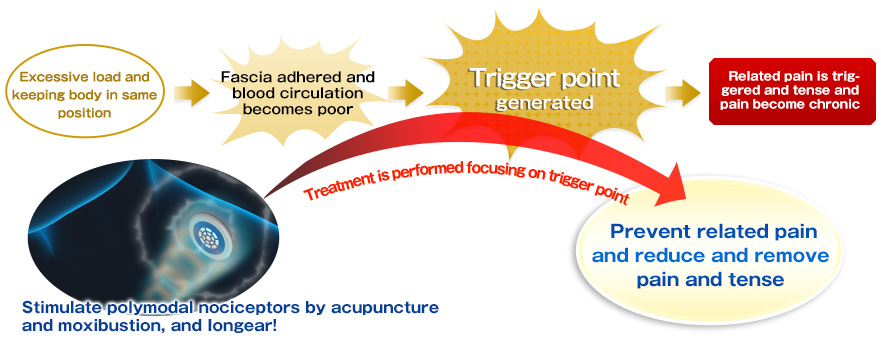
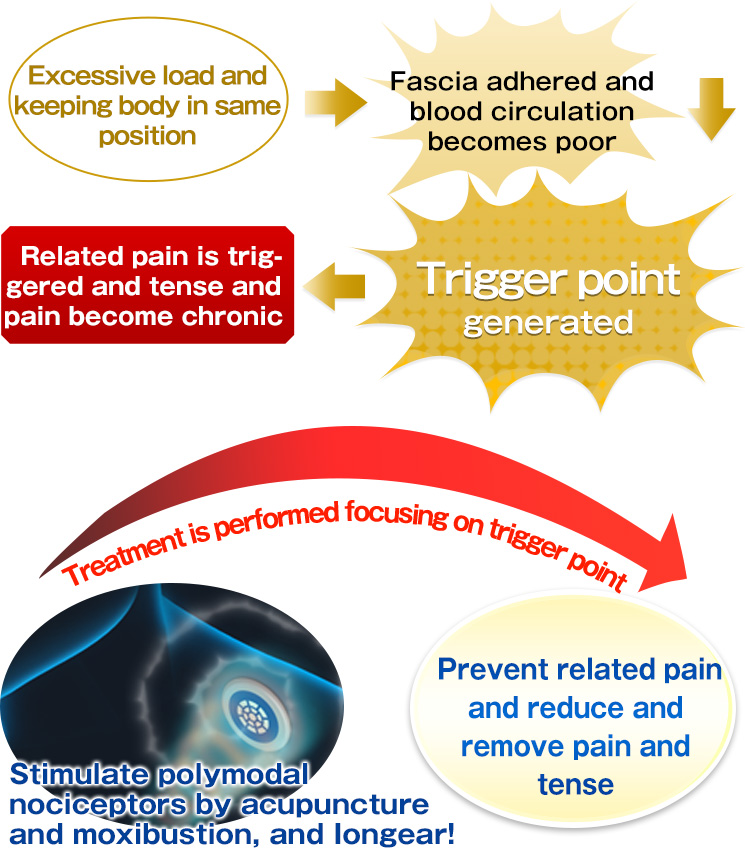
In a polymodal reaction, macrophages which are a type of white blood cells produce IL-1 (interleukin), a type of bioactive substances, using protein to increase fibroblast cells. This is called a wound reaction which is a type of defense reactions to an externally-caused wound occurring along with a polymodal reaction. This defense reaction is one of beautification factors.
On the other hand, there is a therapeutic method called micro current therapy which has been approved by Food and Drug Administration in the United States as a treatment method.
Generally speaking, cells have a negative potential of -70 mV inside the cell membrane as compared to the potential outside the cell membrane in an ordinary resting state based on concentration differences of sodium ion and potassium ion between the inside and outside of the cells.
However, when cells become active, the potential inside the cell membrane gradually increase to the positive direction, and mitochondria starts to produce adenosine triphosphate (ATP), only source of energy for cells, at -40 to 30 mV which is about 30 mV higher than the original potential. Furthermore, when cells consume ATPs to become very active, it is considered that the potential inside cell membrane reaches +40 mV.
Resting potential (Mitochondria resting)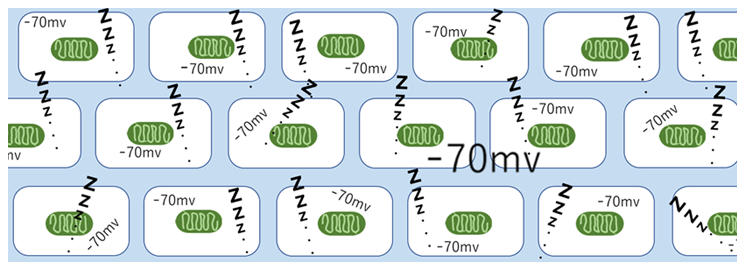 Action potential (Mitochondria active)
Action potential (Mitochondria active)
The micro current therapy utilizes a potential equivalent to 110 mV which is a difference between the potential of -70 mV in the cell resting state and the potential of +40 mV in the cell active state, where said 110 mV is externally applied to cells to activate the cells.
Iongear achieves two effects as shown in the following figure: increasing fibroblast cells by a defense reaction caused by the polymodal reaction; and increasing mitochondria ATP of fibroblast cells which is necessary for beautification by microcurrent to generate collagen.
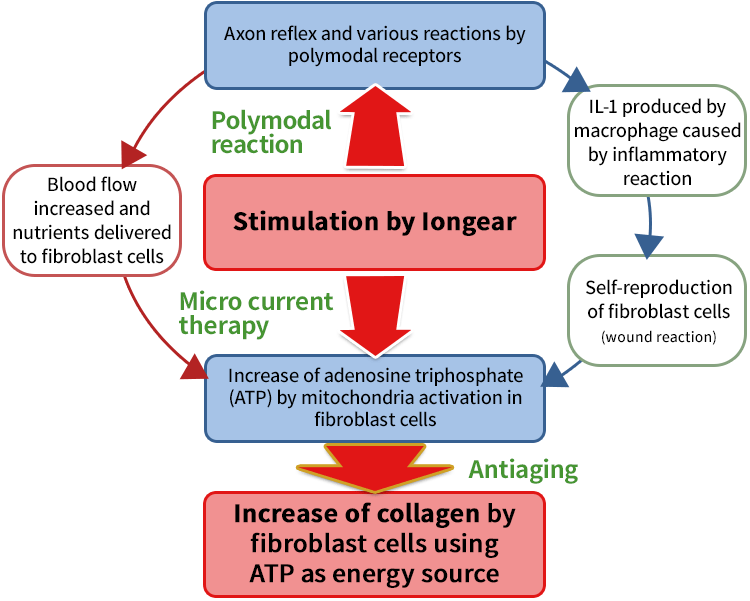

In recent years, the medical society is rapidly taking in the concept of cause therapy instead of symptomatic treatment that has been mainly practiced in the western medicine. This is called integrative medicine.
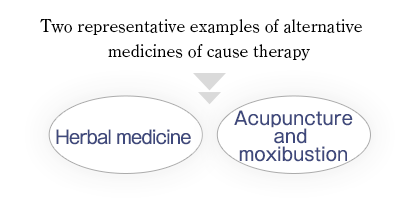
From commentary of The Society for Integrative Medicine JapanIn fact, treatments that are only achievable by the modern western medicine are performed in clinical scenes such as emergency rooms and surgery operations. On the other hand, there are many reports that prove effectiveness of traditional medicine and complementary/alternative medicine (*1) with respect to treatment of chronic disease, after care, and treatment of symptoms which cannot be dealt with the modern western medicine.
The Society for Integrative Medicine Japan
*1In this commentary, the terms of traditional medicine and complementary/alternative medicine practically mean herbal medicine and acupuncture and moxibustion treatment. In these days, integration of the western medicine and the eastern medicine, that is, a shift from symptomatic treatment to cause therapy is considered important in Japan medical society, and herbal medicine is adopted and acupuncture and moxibustion department is established in university hospitals and research agencies.
Axonal reflex is related to a phenomenon that a periphery of skin into which a needle is inserted becomes red (flare reaction). This is a reaction caused by increase of blood flow. The mechanism thereof is as follows.
Polymodal nociceptor reacts and is excited to invasive stimulation.
In excitement, sensory nerve going toward central nerve system grows branch from its stem to transfer excitement to skin and blood vessels.
Neurotransmitters such as substance P and CGRP are released from terminal of branch.
Substance P and CGRP act on vasodilator nerve to expand vessels and increase blood flow.
As a result, substances causing ischemic pain are removed, and pain is erduced.
In an acupuncture and moxibustion treatment, a light inflammatory reaction occurs. It is known that, in a tissue with an inflammatory, endogenous morphine-like substances such as β-endorphin and methionine-enkephalin are produced. It has been found that endogenous opioids produced in the tissue contribute to local pain relief.
In an acupuncture and moxibustion treatment, a light inflammatory reaction occurs as mentioned above.
In the tissue with inflammatory, endogenous morphine-like substances such as β-endorphin and methionine-enkephalin are produced. These substances show a similar function to morphine but the pain relief effect is 6.5 times stronger than morphine while they are produced by invasive stimulation such as feeling stress to cause analgesic, relaxation, and euphoric effects to the patient.
It has been found that endogenous opioids produced in the tissue contribute to local pain relief.
Stiffness of muscle mainly felt in neck, shoulder, and back is caused by decrease of blood flow in the muscle where pain substances are accumulated therein.
Polymodal stimulation produces substance P and CGRP that expand blood vessels to improve or increase the blood flow.
This is axonal reflex.
When the blood flow is improved or increased, the accumulated pain substances are removed, and the pain relief effect is observed in the body parts.
And the polymodal stimulation acts on internal organs through autonomic nerves. For example, when stimulation is applied to limbs, an action of gastric branches of vague nerves is promoted, and gastric motion is thus promoted. When stimulation is applied to abdomen, an action of gastric branches of sympathetic nerves is promoted, and gastric motion is thus suppressed.
Furthermore, decrease of heart rate and blood pressure drop caused by suppression of action of renal sympathetic nerves are observed.
Origin point of pain: Trigger point
Human muscle has a fascia (tendon, ligament, and periosteum) which is a membrane covering itself. When a certain amount of load is continuously applied to a body part as in a case where the same part of the muscle is used too hard or a body keeps the same position for a long time, a slight damage or a slight inflammatory occurs in the muscle, and adhesion to the fascia occurs.
The adhesion causes poor blood circulation, and peripheral nerves send pain signals to the brain. If this becomes chronic, an abnormal excitement state of the nerves does not stop, and an origin point of pain called a trigger point is generated.
Trigger point is, as can be understood from its name, a trigger to send signals to the brain, and a pain originated from the trigger point is generated apart from the tense in the affected part. That is, when the muscle in the affected part is massaged or heated, the tense may be removed but the pain originated from the trigger point is not removed.
Trigger point causing related pain
Trigger point may cause additional pain called related pain. Related pain is often felt in a body part which is different from the affected part. A typical example of related pain is an ice cream headache which occurs when you have a big bite of an ice cream, and sudden stimulation to a throat is misinterpreted by the brain as a pain to the head or the temple. The related pain is also called heterotopic pain or referred pain.
When a trigger point is exposed to a great stimulation or is left untreated, the excitement state of the trigger point increases, and the pain signals are constantly sent to the brain. The excessive signals confuse the brain, and the brain misinterprets the part of signal origin with a different part. As a result, not only the part causing the pain but also the peripheral part thereof cause the pain.
As can be understood from the above, if a tense state of fascia is kept, a new trigger point is generated, and the symptom becomes more complicated. It is thus important that the trigger point is taken care of in the early state before the pain becomes worse.
It is considered that 80% of trigger points and acupuncture spots (Kei-ketsu) of the eastern medicine match. Practitioners in the old days found that the body parts where the trigger points tends to be generated are acupuncture spots, that is, Kei-ketsu from their long experience and deep knowledge. In recent years, the treatment of trigger point is a focus of attention and considered important in the acupuncture and moxibustion field. When accurate positions of trigger points are grasped by palpation and ultrasound, Iongears are adhered to the trigger points to increase the blood flow, and the treatment effect will be improved.